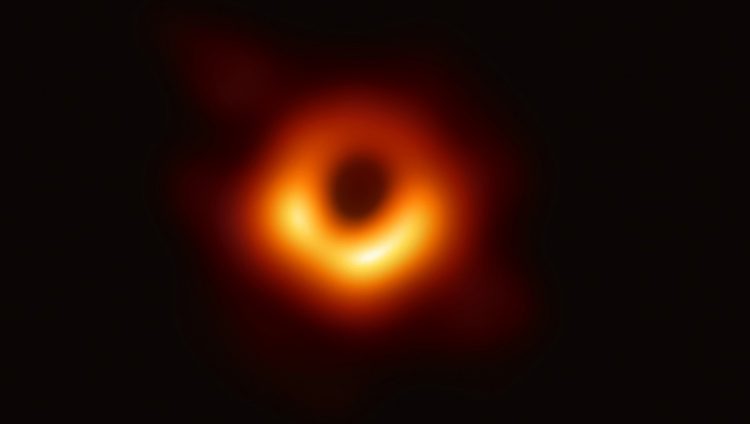In a momentous achievement for the world of astrophysics, scientists have made a groundbreaking discovery confirming the existence of a rotating black hole. This declaration, reported as the first concrete evidence of black hole rotation, marks a significant milestone for cosmic entities. The pivotal evidence for this discovery emanated from the black hole known as Messier 87 (M87), positioned at the very centre of our Milky Way galaxy.
Astronomers have long held the belief that black holes possess the capacity to rotate independently, but up until now, tangible proof has remained elusive. The achievement was made possible through the Event Horizon Telescope, which successfully captured an image of M87’s self-rotating black hole.
Lead author and researcher from the Shanghai Astronomical Observatory (SHAO), Dr. Ru-Sen Lu, explained that the scientific community had long been aware of jets emanating from the vicinity of black holes. However, the precise mechanisms behind these ejections have remained a mystery.
“We still do not fully understand how this happens,” stated Lu, underscoring the need for close observation of the jet’s origin in proximity to the black hole.
M87, positioned 55 million light-years from Earth, has a black hole that is 6.5 billion times more massive than our Sun. Scientists describe the presence of an accretion disc composed of gas and dust swirling close to this cosmic abyss.
Some of these particles surrender to the black hole’s gravitational pull, vanishing into the depths for eternity. However, a fraction of these particles undergo a remarkable transformation, hurtling out from the black hole’s poles at a speed of 99.99 percent of the speed of light.
The jet, which was discovered to occur close to a central location at the black hole’s edge, was found to repeat an 11-year cycle, as per the study. This observation revealed a misalignment between the black hole’s spin axis and the accretion disc, which caused the jet to travel in the manner of a spinning top.
What is a Black Hole?
According to the National Aeronautics and Space Administration (NASA), ‘A black hole is a place in space where gravity pulls so much that even light cannot get out. The gravity is so strong because matter has been squeezed into a tiny space. This can happen when a star is dying.
Because no light can get out, people can’t see black holes. They are invisible. Space telescopes with special tools can help find black holes. The special tools can see how stars that are very close to black holes act differently than other stars.’














Comments